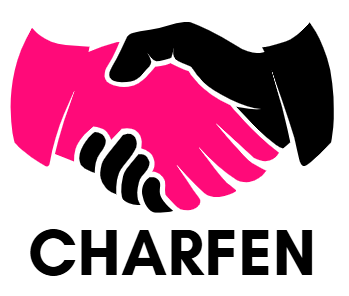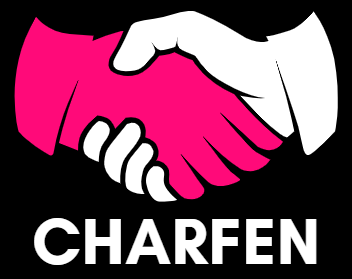The design and branding on your tin can are crucial regarding packaging. Whether launching a new product or rebranding an existing one, custom printing can help your product stand out in a competitive market. A professional tin can manufacturer has the expertise to bring your vision to life, ensuring your tin serves as a durable container and a powerful marketing tool.
With advances in printing technology, tin can manufacturers now offer a range of custom printing options to suit every business need. The possibilities for creating eye-catching designs are endless, from vibrant, full-color graphics to intricate logos. However, with so many options, it’s essential to understand which custom printing methods can enhance your packaging.
Offset Printing: Tin Can Manufacturer Provides High-Quality, Full-Color Graphics for Your Tin Can
Offset printing is one of the most common and reliable printing methods used by tin can manufacturers for custom designs. This technique involves transferring the image from a printing plate to a blanket, which is then transferred to the canvas surface. The result is crisp, vibrant, high-quality prints ideal for intricate logos, detailed artwork, and full-color designs.
Offset printing offers many advantages for businesses adding custom graphics to their tin cans. It can efficiently handle high-volume printing and deliver consistent results, making it an ideal choice for mass production. It also offers high flexibility, enabling printing multiple colors in a single pass.
Screen printing: A durable choice for frequent use and unique designs
Screen printing is another standard method can manufacturers use, particularly for designs that require durability and lasting impact. In this method, the printer pushes ink through a fine-mesh screen that acts as a stencil, depositing the design directly onto the canvas surface. This technique is ideal for applications where the design will withstand heavy wear and handling, such as cosmetic packaging or industrial cans.
Screen printing is particularly advantageous when you need a bold, solid color design that is weather-resistant. Its strong fade resistance makes it ideal for products exposed to direct sunlight or harsh conditions. Furthermore, screen printing allows for large, bold designs and even unique textures and finishes impossible with other printing methods. While screen printing is well-suited for large designs, it may not be suitable for complex artwork or multi-color graphics due to the limited mesh size and the need for multiple layers of ink.
Digital Printing: Flexibility and Customization for Tin Can Manufacturer
Digital printing is the perfect solution for businesses with smaller print runs or those seeking a high degree of customization. This process uses a digital file to print the design directly onto the can surface, eliminating the need for physical printing plates or screens.
Digital printing offers exceptional design flexibility and the ability to achieve highly detailed prints. It also allows for quick design adjustments, making it ideal for businesses that want to test new graphics or packaging concepts without committing to high-volume production. Furthermore, digital printing offers faster turnaround times, enabling customized tin cans to market faster. It’s ideal for businesses that need to print limited-edition products or personalized packaging on demand. However, the downside is that digital printing often carries a higher price per unit for large print runs, making it best suited for smaller runs or special designs.
Adding Texture and Dimension to Your Design
If you want your tin can to have a more textured or premium feel, embossing and debossing techniques can help your packaging stand out. These processes create raised or debossed patterns on the can surface, creating a textured feel that enhances visual appeal and increases the product’s perceived value.
Embossed creates a raised pattern on the packaging surface, while debossing creates a recessed, recessed effect. These two methods are commonly used for logos, brand names, and decorative patterns. They can give your packaging a sophisticated and luxurious feel when used effectively, making it ideal for high-end or limited-edition products. These techniques are often combined with other printing methods, such as screen printing or offset printing, to enhance the overall design. While embossing and debossing don’t involve traditional color printing, they can add a unique dimension and texture to the can, effectively enhancing product differentiation.
Shiny Finish for a Luxurious Look
Another high-impact custom printing option offered by tin can manufacturers is hot stamping. This method uses metallic foil to create a shiny, eye-catching effect on the can surface, making it ideal for luxury goods or high-end brands.
Hot stamping uses high temperature and pressure to apply a metallic foil layer to the can surface. Hot stamping imparts a lustrous, shimmering finish to the can, adding a touch of elegance and sophistication. Gold, silver, and holographic foils are popular, but other colors and finishes are also available. Manufacturers often combine this technique with other printing methods to add a high-end, eye-catching element to packaging. While designers typically use hot stamping for minor design elements or embellishments, it can significantly enhance the visual appeal of product packaging, making it more appealing to consumers.
Boost your brand with custom tin can printing.
Custom printing is more than just a way to decorate a tin can; it can enhance your brand image, boost the visual appeal of your product, and create a memorable first impression. Whether you choose offset printing, screen printing, embossing, or any other printing method, a professional tin can manufacturer can help you create packaging that enhances your product’s marketability and effectively communicates your brand message.










